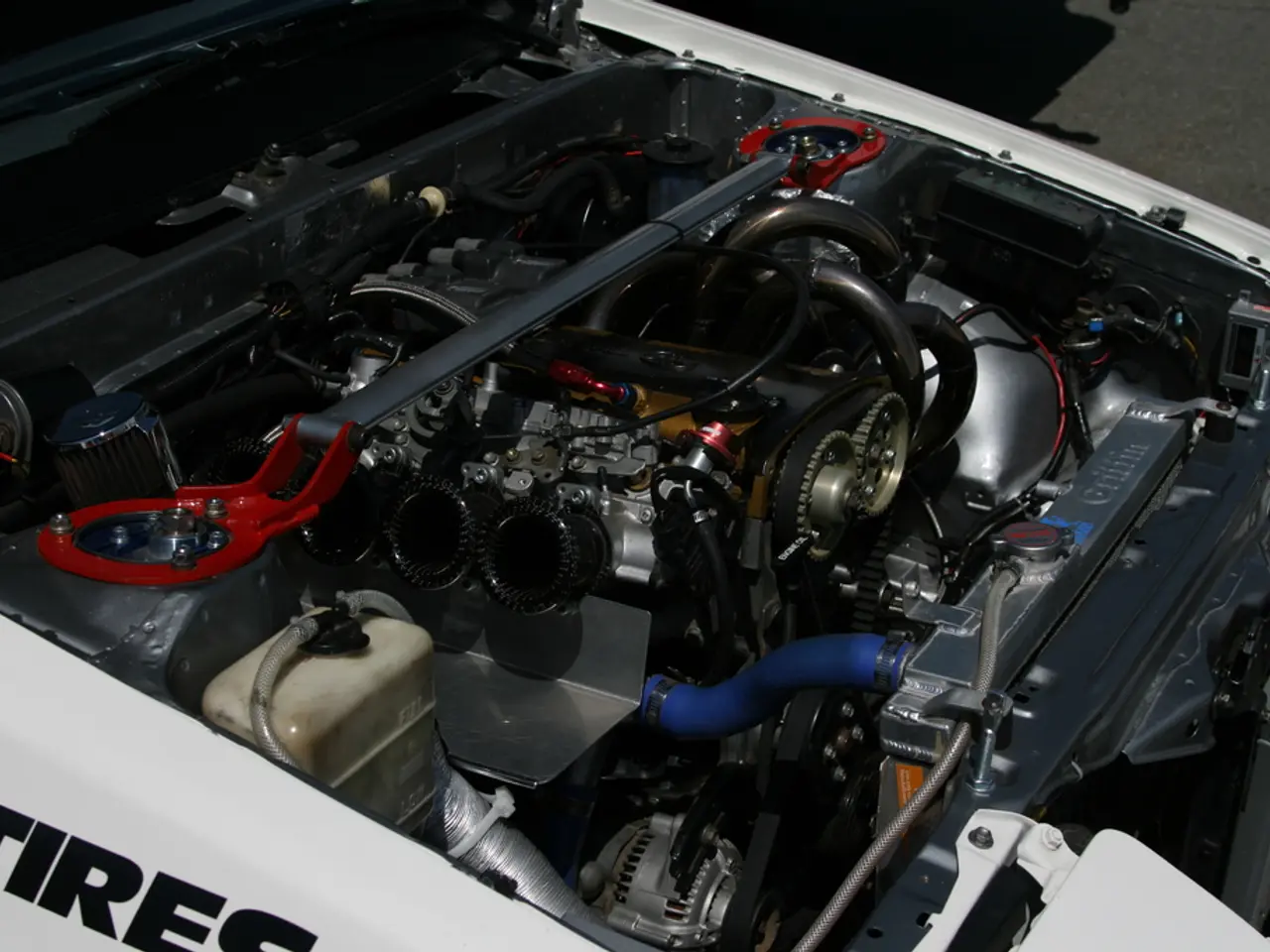Grid Infrastructure Now Includes Storage as a Key Component
=====================================================================
The U.S. utility-scale battery storage sector is experiencing rapid expansion to meet rising electricity demand and enhance grid stability. Lithium-ion batteries currently dominate the scene due to their maturity, high energy density, and declining costs, but emerging technologies like iron-air and flow batteries are gaining attention for their potential to provide longer duration storage and improved grid resilience.
According to a 2025 report, battery storage capacity saw a record increase, with a 76% year-over-year growth. This growth is helping to address grid challenges driven by expanding electrification and increasing demand from AI data centers and other sources. For instance, the Midcontinent Independent System Operator (MISO) territory plans a 500% increase in battery storage by 2035, potentially deploying more than 10 GW to power millions of homes during peak periods, saving $25 billion in energy costs and strengthening reliability.
Large projects, such as Recurrent Energy’s 300 MW / 1,200 MWh lithium-ion battery in Arizona, exemplify this trend by providing flexible dispatchable power to balance solar generation and peak demand. Utilities like Colorado Springs have also opened grid-scale lithium-ion systems with 100 MWh capacity to enhance clean energy integration and cost-effectiveness.
Lithium-ion batteries are currently the workhorse for utility-scale energy storage, supporting grid stability through fast response and load shifting. However, emerging technologies like iron-air and flow batteries are gaining interest. Iron-air batteries, such as those offered by Form Energy, have the advantage of drawdown times of several days, but they are less adept at load following. Flow batteries offer advantages in scalability and durability, with the ability to store large energy quantities and cycle many times without degradation, fitting applications requiring longer-duration grid stability.
Despite the dominance of lithium-ion batteries, the future may have other strong players. Ninety percent of new storage is from batteries, according to the Dentons attorneys. Storage has become an essential part of the U.S. electricity grid infrastructure. The electric grid is expected to see a significant increase in new generation capacity, but this increase pales in comparison to the expected threefold increase in demand over the next few years.
Batteries serve the nation's growing artificial intelligence capability, storing low-cost energy for discharge in peak demand times. The emergence of storage, particularly batteries, has increased its importance in supporting the grid during normal operations and times of stress. Utility scale battery storage is rapidly becoming more broadly appreciated due to the essential role it offers to the grid.
A major article, authored by three energy attorneys at Dentons, highlights the growing importance and essentiality of storage in the grid. The article traces the history of battery storage from its acceptance as a potential contributor to a low-carbon grid to its growing importance in grid stability. It also notes that valuing a battery resource is a complex exercise due to its intertwined cost with grid engineering operations and the arbitrage functions of battery storage.
In summary, lithium-ion remains the primary technology stabilizing the grid today, while iron-air and flow batteries are poised to complement future storage needs as utilities seek to enhance grid flexibility and cost-effectiveness amid rising electricity demand and renewable integration.
- The U.S. electric grid industry is anticipating the increased deployment of technologies beyond lithium-ion batteries, such as iron-air and flow batteries from companies like Form Energy, due to their potential benefits for longer duration storage and grid resilience.
- As the finance sector continues to invest in the energy industry, data centers are among the sources driving the increasing demand for battery storage, contributing to the growth of energy and data-and-cloud-computing sectors.
- With 90% of new storage coming from batteries, according to Dentons attorneys, it is clear that energy information administration recognizes the crucial role they play in the nation's grid infrastructure, especially as artificial intelligence capabilities expand and grid flexibility becomes more crucial for renewable integration.




